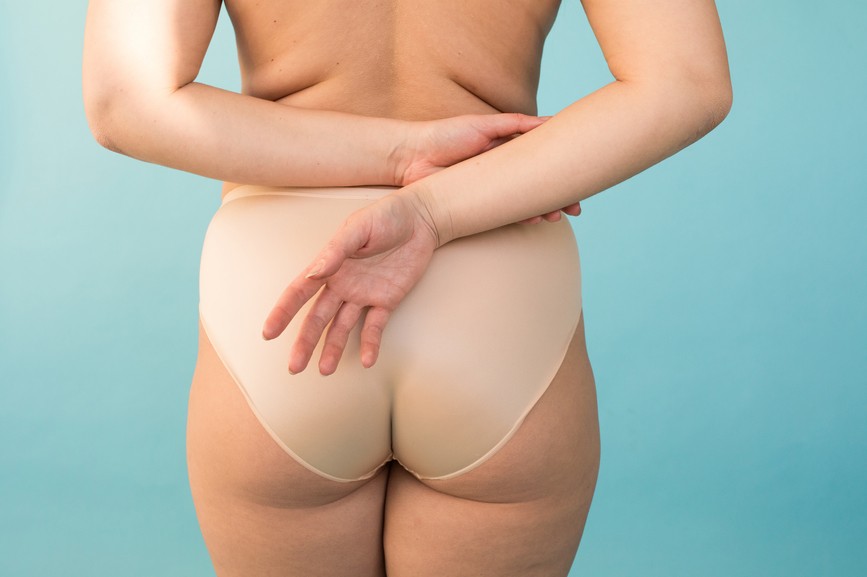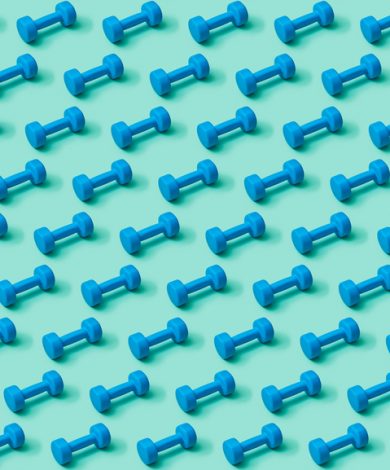Writing a letter to my vagina-- it’s an exercise that I do periodically and suggest…
Movement
Why Moving Your Body Before Your Six Week Appointment is a Good Thing! 5 Safe Exercises to Explore
September 20, 2021 • By Merav Cidor

After giving birth, you’re told not to workout for 6 weeks.
This is the recommendation because whether or not you have stitches in your belly or your pelvic floor, the dinner plate-sized internal wound where the placenta was previously attached needs time to heal. Your uterus needs time to contract to its starting size. And your organs that were displaced throughout pregnancy need a chance to reorganize and find their way back in place.
So, it makes sense that your doctors and midwives want you to give your body time and space to recover. While that is important and you shouldn’t be in a regular fitness class right after having your baby, and please don’t go out for a run, not moving at all for 6 weeks can create more discomfort in your body.
Our bodies are nourished by movement. Our spines and joints need to move to stay healthy. And movement helps us feel better mentally and emotionally.
This is why I suggest 5 simple and gentle exercises that you can do after having your baby designed to help you reconnect with your body.
You may notice that all of these suggested practices focus on the awareness of the back of your body. Sound weird? I promise there is a method to the madness.
All of our sensory organs are located in the front of our body: Our eyes, nose, ears, mouth… we live our life with a strong orientation forward. That’s where our phones are 🙂
With a newborn, all of your attention, worry, focus is towards the little one. You want to see them, smell them, and kiss them. You need to feed them, rock them, and pick them up. All. The. Time.
These exercises are meant to invite you to take a moment in your day, and take a step back, shift the focus, become aware of the space behind you. Invite different parts of your body to hold and support you.
A moment for yourself, to shift back, and inside.
And if you want to make this an extra special experience, invite your partner, close friend, family member, or doula to read these instructions to you.
Explore What You Can’t See
Find a comfortable seat. A birth ball at home or any chair works great. If it feels ok for you, close your eyes. Imagine your eyes being replaced with another set of eyes, located on the back of your head. Try exploring the space behind you.
See the furniture behind you, maybe there’s a window there. What can you see through the window? Maybe the kitchen is behind you. Can you smell what’s behind you? Open your senses to the space behind you. You (or your guide) can set a timer for 4 minutes. Notice your breath. If you find it hard to focus, describe out loud how the space behind you looks.
Like Sands Through The Hourglass
With the imagery of the eyes in the back of your head, Imagine your head was full of sand. Gently, start tipping your head, like you are trying to spill the sand out of your right shoulder. Lift your head back up and try the same to the left. Try moving only your head, and just enough to spill the sand towards your shoulder. Repeat 4 times in each direction.
Next time you are tipping your head to the right, stay. Begin lifting your left shoulder towards your left ear, and circle it around a few times in each direction. Bring your head back up, and try the other side.
Ground Your Breath
With your head vertical and the eyes in the back of your head open, start noticing your breath. With an inhale, imagine your pelvis expanding: your sitting bones driving apart to make space for air, and the stomach expanding forward. As you exhale, imagine your pelvis narrowing: the sitting bones drive towards each other and that helps the air travel up your spine and out of the crown of your head. Inhale, make space in your pelvis, exhale, narrow and lift the air, see it leaving your body out of the crown of your head. Try this for 6 breath cycles.
Chest Expansion
Let your arms hang by your side with your palm reaching towards the wall behind you. Notice your breath and see the space behind you with the eyeballs in the back of your head. Inhale, reach your arms back, Exhale, bring them back by your side. Do that again. Next time, with your arms behind you, turn your head to the right, and then bring it back to center. Turn your head to the left, and bring it back to center. Now bring your arms back by your side.
Inhale, arms back, look right, look left, look center, exhale bring your arms back by your side. Try 2 more times.
There is another reason these movements focus more on bringing awareness and space to the back of your body. Our back body is connected to Yin energy. What’s that? Well it’s the yin to the yang of course.
Yin energy is deeply connected to the feminine. It’s calming, cooling, grounding energy that balances the strong vibrancy of the yang. Generally speaking, during postpartum there’s a lot of yang going on with figuring out feeding, sleeping, healing, everything. So these practices help you sink into your body, calm your nervous system, and get grounded.
Which you need because the first six weeks postpartum are incredibly demanding on your body.
You are recovering, your body is trying to replenish stores of everything to aid healing and lactation, you are sleep deprived, and you now have to care for a newborn. Which has its own set of strains and pains as you both adjust to this new life. My intention in sharing these movements is that they nourish your body, mind, and spirit. And my hope is that these 5 intentional movement explorations restore you.
For more guidance on mindfully exploring movement and own the sh*t out of your new mombod, click any of those links!



